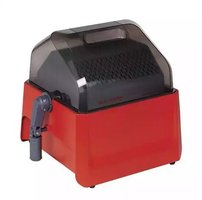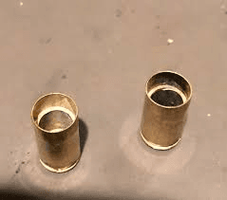walter62
NES Member
Just curious, estimate how many cartridges (out of 100) that you
reload that require some amount of 'rework' (fails gauge) (needs better crimp, bad COL, mis-seated primer, whatever)
vs. gauge and go
>> this is for simpler straight-wall carts <<
reload that require some amount of 'rework' (fails gauge) (needs better crimp, bad COL, mis-seated primer, whatever)
vs. gauge and go
>> this is for simpler straight-wall carts <<


